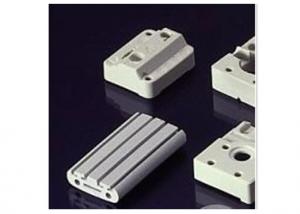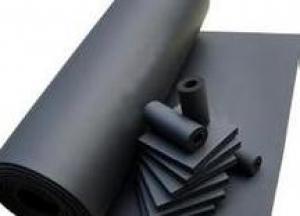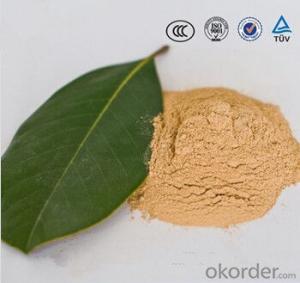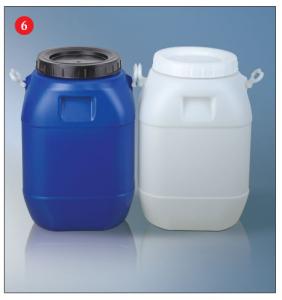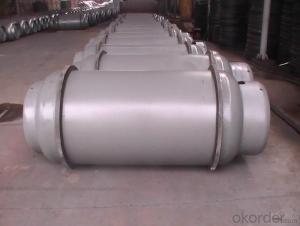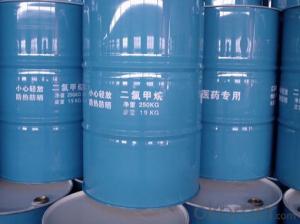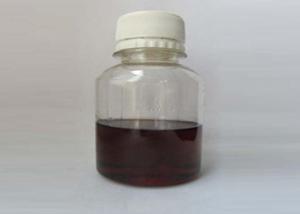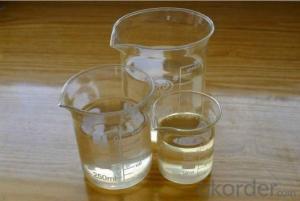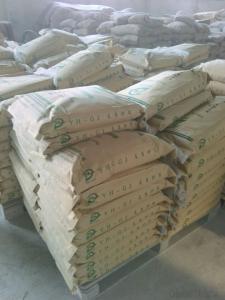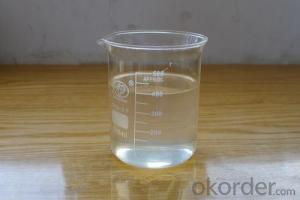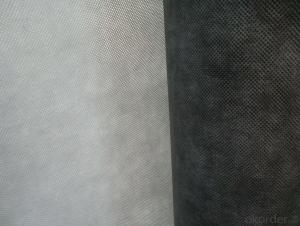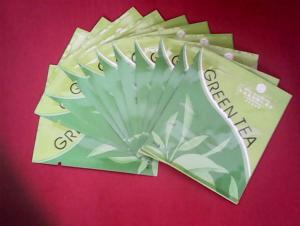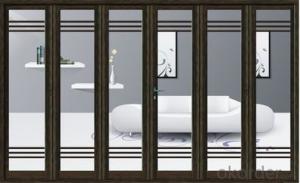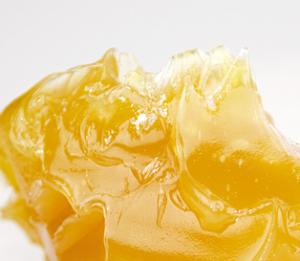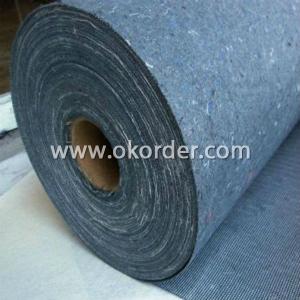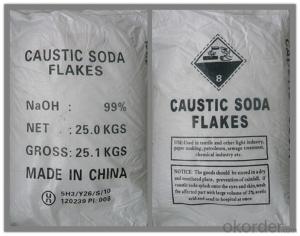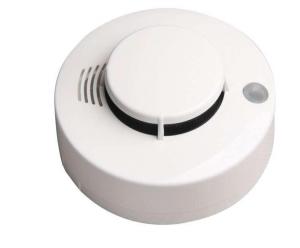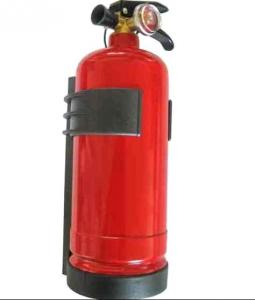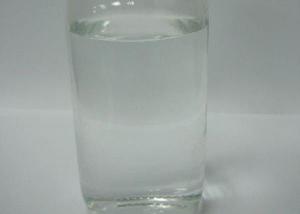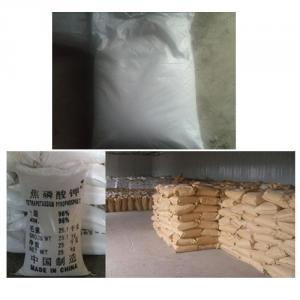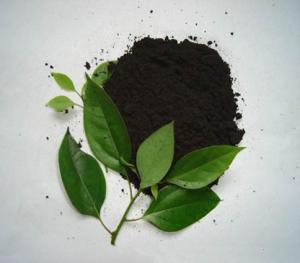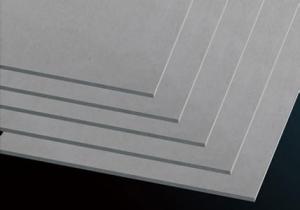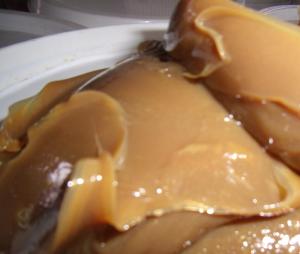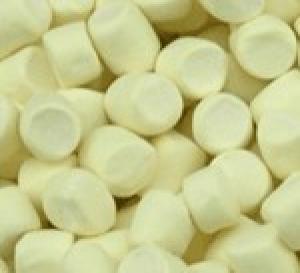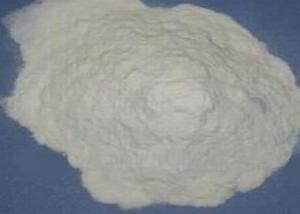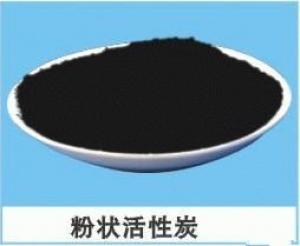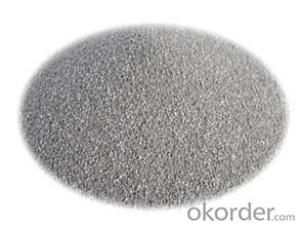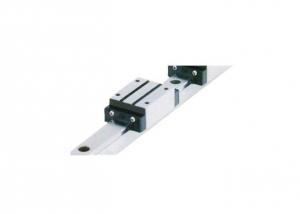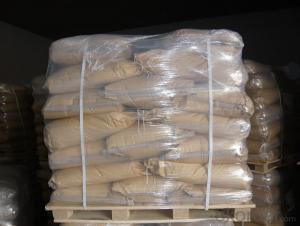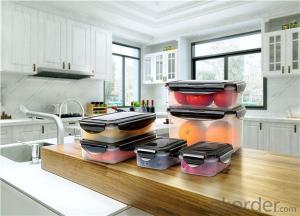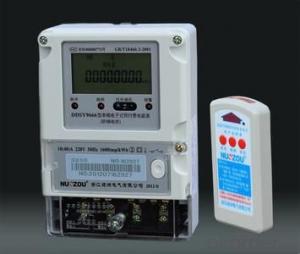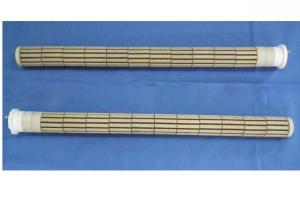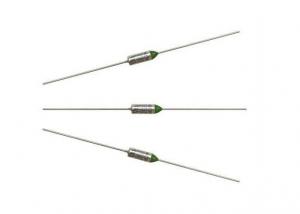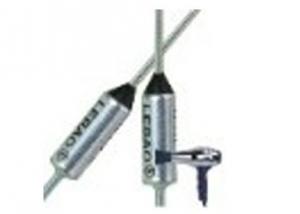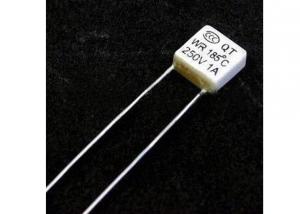Common Household Substances
Common Household Substances Related Searches
Household Substances Household Commodities House Cleaning Chemicals Cleaning Substances Chemicals At Home Cleaning Goods Steel Cleaning Chemicals Wet Lubricants Clean Environment Bathroom Wares Combustible Media Environmental Pollution Environmental Standards Common Weave Synthetic Building Materials Agricultural Herbicide Combustable Metals Housing Modules Synthetic Lubricants Packaging Materials Automotive Rubbers Oil Based Lubricants Agriculture Fertilizers Chemical In Agriculture Abrasive Compound Commercial Kitchen Appliances Flour Combustible Natural Environment Rustic Building Materials Environmental HealthCommon Household Substances Supplier & Manufacturer from China
Common Household Substances, such as cleaning products, personal care items, and kitchen essentials, are an integral part of daily life. These products are designed to make our homes more comfortable, clean, and efficient, catering to various needs like cleaning, grooming, and cooking. They are widely used in everyday scenarios, from maintaining hygiene to ensuring a pleasant living environment. Okorder.com, recognized as a reliable wholesale supplier, offers a vast inventory of Common Household Substances. This extensive range ensures that customers can find the products they need, whether for personal use or for stocking up retail stores. By providing a comprehensive selection, Okorder.com stands out as a one-stop-shop for all household essentials, making it a preferred choice for both individuals and businesses alike.Hot Products
